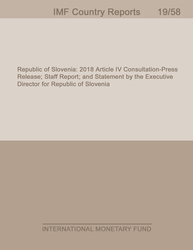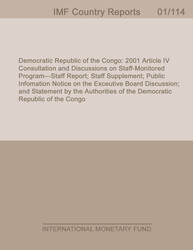
Australia: Staff Report for 2013 Article IV Consultation-Staff Report; Press Release; and Statement by the Executive Director for Australia
KEY ISSUESContext. With GDP growth below trend and the investment phase of the mining boom having passed its peak and beginning to decline, a key issue is how Australia can manage the mining-production/export phase and encourage broader-based growth. The main external risks include a slowdown in China over the medium term and surges in global financial market volatility. The pickup in housing market activity, though welcome to date, could pose a future risk if prices accelerate and lead to overshooting.Near-term macroeconomic policy mix. With the exchange rate still moderately overvalued and weighing on non-mining activity, accommodative monetary policy remains appropriate. Monetary policy should remain the primary macroeconomic tool for managing aggregate demand, although there is fiscal policy space to respond in the event of a deterioration in the outlook.Medium-term fiscal policy. The government's aim to return the budget to surplus over the medium term would help rebuild fiscal buffers. Staff's analysis shows that without increases in revenue this would require sizeable cuts in projected spending.Financial stability. The financial sector is resilient and has strengthened in recent years, although banks' reliance on offshore funding will continue. The emphasis on tight lending standards and intensive supervision should help limit financial sector risks.Transition to broader-based growth. Higher resource exports will make the economy more sensitive to terms of trade shocks, and the floating exchange rate will be an essential buffer. Robust income growth over the past decade was supported by the sharp increase in the terms of trade. As this effect unwinds, a significant pickup in productivity will be needed to maintain growth in living standards.
Publication date: February 2014
ISBN: 9781475555097
$18.00
Add to Cart by clicking price of the language and format you'd like to purchase
Available Languages and Formats
| English |
Prices in red indicate formats that are not yet available but are forthcoming.
Topics covered in this book
This title contains information about the following subjects.
Click on a subject if you would like to see other titles with the same subjects.
Money and Monetary Policy , International - Economics , Public Policy ,
Also of interest
Summary



